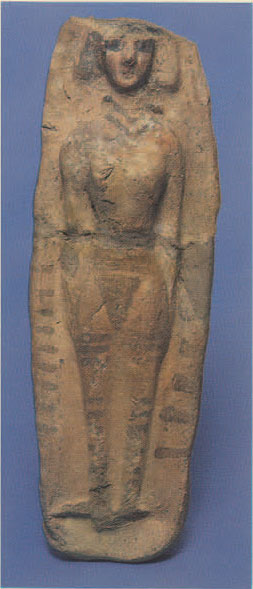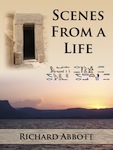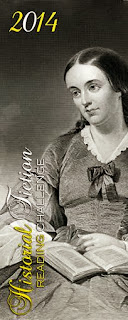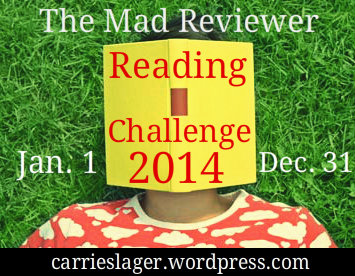This post is another in my occasional series looking at aspects of second millennium BCE religion in the Levant – Canaanite religion, if you like. I am going to start with what we can infer from particular kinds of archaeological remains, and then move on to text afterwards.

Interpreting the significance of archaeological finds is not always easy. A few decades ago there was a tendency for items of obscure purpose to be simply classified as “cult objects” with an assumed religious function… after all, if you didn’t understand what it was for then it must be religion! The best-known case of this is, perhaps, the considerable number of nude female figurines that have been found throughout the area. Perhaps because of presuppositions about Canaanite religion, it was assumed that these were goddess figures used in some interesting way in worship. Since those days a whole variety of other explanations have been proposed, including fertility objects given as part of a marriage ceremony, goodwill offerings during pregnancy, and even educational devices for teaching the young. We just don’t know for sure, and simple single explanations are improbable. The picture is of an item from c.1400 BCE, now in the collection of the University of Pennsylvania Museum and originally found at Beth She’an.
If we look at the designs carved into personal authentication seals we find an interesting story. There were several common forms of these – some based loosely on Egyptian scarabs, others on oval amulet designs, and others of cylindrical form. The first two have a design typically on the flat surface, the last one around the outside curve to be rolled onto clay. This last kind, having more surface area to play with, usually has more elaborate and detailed designs worked around the circuit. They are also a common pattern from the Mediterranean across to Mesopotamia, whereas the others were more localised. At this early time, almost all are pictorial, with little or no textual content.
Now through the Late Bronze Age (so roughly from 1550 to 1200 BCE in this area) we find certain recurring patterns. Male and female figures, whether men and women, male and female priests, or gods and goddesses all appear in roughly equal numbers. The Canaanite tales that have become popularised tend to favour the interactions of gods such as El, Ba’al, Mot, Kothar etc. Goddesses such as Anat, Athirat etc appear to take a secondary role in these accounts. But the material evidence we have suggests a more even-handed balance between the sexes, and even in the tales a careful read finds women or goddesses playing key roles. Two of the longer tales (Keret and Aqhat) present women (Hurriy and Dantiy) holding a central position alongside the male figures that we name the stories after. The secondary details surrounding these stories are full of feminine figures including groups of midwives or goddesses, such as the Kotharat, a collective name for a group of “skilful goddesses’.
As we move into the Iron Age (from 1200 until the time of Alexander the Great, but here I am only really concerned with the first few centuries) then this changes. Firstly, representations of female figures diminish quite dramatically in comparison to their male counterparts. Secondly, female figures are more likely to be represented by some abstract symbol such as a star or tree, rather than a human shape. In earlier designs these symbols typically appeared beside the figure, but as time went on the symbol displaced the person. Something happened to the way women were portrayed – and quite probably the roles they played in society – over the transition from Late Bronze to Iron.
What about the text of the Hebrew Bible? There are huge and ongoing debates as to when the various parts of this were first committed to writing, and subsequently collated into a unified text. On the surface, the historical narrative from Exodus to the end of Kings and Chronicles claims to derive from a wide span of time, including both second and first millennia BCE. There are very good reasons for thinking that the text was assembled into a coherent story somewhere in the first half of the 1st millennium. However, there are also very good reasons from analysis of both prose and poetry to think that some parts go back into the second millennium. If so, can we see any trace of the earlier higher profile of women?
The short answer is ‘yes’. The opening chapters of Exodus have a much higher concentration of women actively participating in events than any other part of the Hebrew Bible – there are the midwives who covertly spare baby boys’ lives from execution. Their prominence is comparable to that of female human and divine figures associated with birth in Ugarit. Beside them, we find Miriam and other significant women in Moses’ birth family, the pharaoh’s daughter who raised him, and so on. The images associated with the departure from Egypt deliberately ascribe giving birth and breast-feeding to God, presenting a distinctively feminine aspect to a figure often perceived as male.
The book where the decline of women’s fortunes is presented most starkly is Judges. Within a few chapters (covering at minimum a couple of hundred years) their position declines from an initial ability to inherit land and lead tribes in a prophetic role, down to widespread subordination and exposure to rape, humiliation and death. In terms of historical periods, Judges spans the time from the end of the Late Bronze age through Iron I – exactly the time when images on material artefacts undergo a radical change. Does this reflect increasing situations of personal danger and social anarchy? Or substantial revisions in the framework and basic assumptions of society itself?
In terms of my own writing, In a Milk and Honeyed Land and Scenes from a Life are both set at the tail end of the Late Bronze. They present societies where women have defined and important social roles, and in Kephrath and her three sister towns, inheritance passes through the female line. Households are defined in terms of the mother of the house rather than the father. This reflects what we know of the Late Bronze Age from artefact and text. If I continue writing forwards in time then at some point this happy state has to decline… by the turn of the millennium, so far as we can tell, women in the Levant were routinely in a subservient and threatened position. But there are a lot of books between 1200 and 1000…







